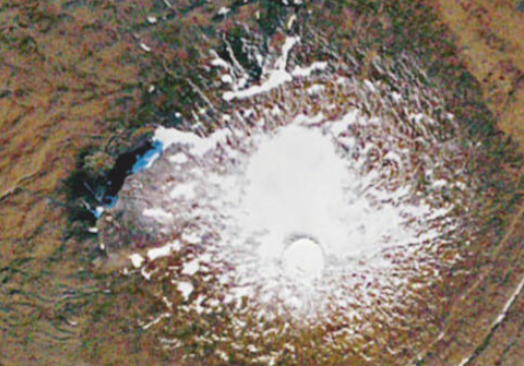The strange name also meant "burden" as if the glacier were a burden or yoke the dead volcano carried. If so, the burden grew, its weight and depth increasing over the centuries with every season's snow. At 40 or 50 metres deep, its ice layered as densely as tree rings under the microscope, it became a river, dynamic and alive, like the frozen rivers in Norse cosmology that had made the world in the beginning.

In spells of warmer weather its deepest meltwater, thickened to milky white with eroded bedrock, flooded and silted farmland. After the hardest winters it would swallow up sheep pastures. To walk on it was to risk immurement in crevasses cracked open for hundreds of metres down through blue and bluer ice. Yet it was also a regular friend. At evening, its western side glowed red to signal fine weather. When spring arrived, people thought the glacier announced it with a different smell. Some imagined its voice, stern and deep, leaving "chatter" in rough striations on the rocks.
译文由可可原创,仅供学习交流使用,未经许可请勿转载。












